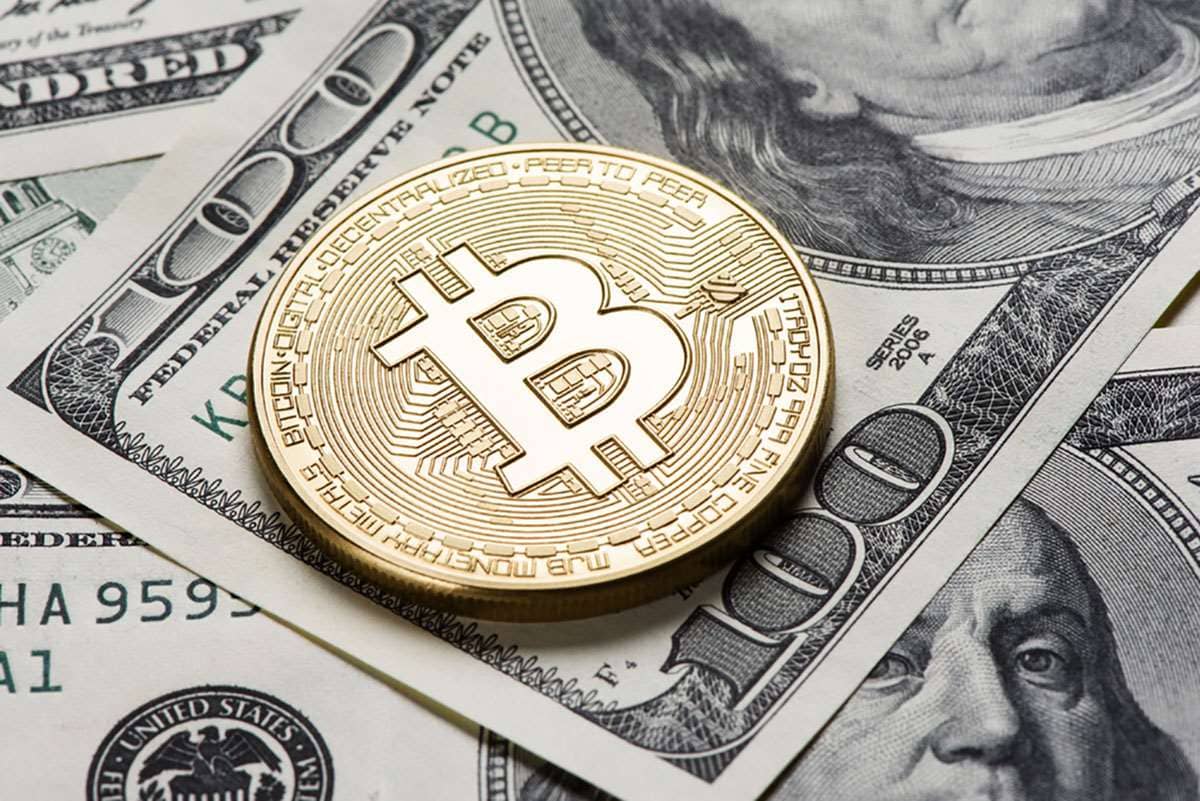Content
For now, the platform offers liquidity mining yields comparable to Uniswap’s and an even larger catalog of token pairings. However, you can only get those stellar APRs by accepting a significant amount of risk. Higher yields are usually attached to pairings that involve smaller liquidity pool definition crypto projects with short operating histories and limited market caps. Bugs in the DEX system’s smart contracts could also undermine or erase your gains, and significant price changes in one or both of the crypto pairing’s components could also hurt your returns.
In turn, the liquidity pools require the involvement of investors who are willing to lock in their crypto tokens in exchange for rewards. The investments end up facilitating trades on the DEX platform. The act of parking tokens in a DEX liquidity pool to qualify for rewards is known as liquidity mining. Yield – this is the reward offered to liquidity providers in the form of trading fees or LP tokens. In other DeFi platforms, yield is the interest rate accrued to participants for providing liquidity or holding stakes in these projects. Prospective investors must not construe the contents of this website/application as legal, tax, investment, or other advice.
Or For PancakeBunny, i only stack Cake, and reward Bunny + Cake. Pancakeswap took this to another level in early 2021 by having features like NFT’s, the lottery and the now new prediction feature. When using those features, tokens you spend to participate will be burned. Burning tokens will reduce the total supply and raise the price. An experienced portfolio manager with 10+ years of proven and reputable track record in investment management and financial analysis. Currently, a partner at one of the fastest-growing private fund management companies in southeast Europe, Kiril has been tending to a loyal international base of client-investors and partners.

By providing this liquidity in the form of their own assets, users support the functioning of a marketplace and get rewards in return for their contribution. This is called an impermanent loss since it can only be realized if the miner decides to withdraw the tokens with depressed prices. Sometimes this unrealized loss can be offset by the gains from the LP rewards; however, crypto assets are highly volatile with wild price movements. This can be a sound strategy to quickly compound cryptocurrency gains; though, keep in mind, APRs can fluctuate based on demand and the amount of LP tokens in the farm. So, they’re never guaranteed and can be subject to violent swings in value. We already looked at Uniswap, which is a market-leading DEX running on any blockchain network that can process Ethereum-compatible smart contracts.
Definition of Liquidity Mining
Most commonly, there are digital asset lending platforms, decentralized exchanges, and yield aggregators. Even though a respected platform conducts numerous audits for its services, it is still susceptible to vulnerabilities, putting one’s hard-earned funds at risk. Due to the decentralized nature of the network, anyone can build their own liquidity pool based on fraudulent information. As a result, attackers will be able to steal tokens while users are unaware of the artificiality. The worst-case scenario is that the attackers gain access to the pool and manipulate the protocol to their advantage.

Liquidity mining would draw attention towards the types of protocols for the same. After one year of launch, the demand for liquidity farming or mining has increased profoundly. More than 120 DeFi platforms have over $80 billion worth of assets locked in them. Even if you can expect all DeFi solutions to follow similar concepts, there is a specific approach to distributing liquidity farming protocols. The three notable types of categories among liquidity farming protocols would include the following. It is possible to achieve the same through enabling the community and operators with ability to control the platform.
Top liquidity mining pools
Otherwise you’d need to wait for someone trading the exact token pair and amount for the transaction being successful. The percentage relation inside the pool now changes all the time because when more people want to buy token A, more people take token A out of the pool and deposit token B. This percentage relation then determines the price of both tokens. Apart from LP tokens, liquidity farming protocols could also reward liquidity miners with governance tokens. While liquidity farming or mining presents many favorable prospects for growth of DEXs and DeFi, it also has many setbacks. Start learning more about liquidity farming on DeFi protocols and the best ways to capitalize on the available prospects.

When not charting, tweeting on CT, or researching Solana NFTs, he likes to read about psychology, InfoSec, and geopolitics. Shrimpy helps thousands of crypto investors manage their portfolio in one place.
Bibo Exchange
There are three basic types of popular liquidity mining protocols, each with its own set of goals, decentralization qualities, and reward distribution mechanisms. The cryptocurrency world is undoubtedly gaining popularity and setting new boundaries every day. The rise of decentralized finance is one of the key reasons behind this exemplary growth.
Participating in these liquidity pools is very simple as it involves depositing your assets into a common pool called a liquidity pool. The process is similar to sending cryptocurrency from one wallet to another. A liquidity pool typically consists of a trading pair such as ETH/USDT. As a liquidity miner , an investor could opt to deposit either asset into the pool. Liquidity mining is one of the more common ways of yield farming where investors can earn a steady stream of passive income. In this guide, we will discuss what it is, including the risks and benefits to investors engaging in the practice.

Sign up for Valid Points, our weekly newsletter breaking down Ethereum’s evolution and its impact on crypto markets. “Other projects are working on similar things,” said Nexus Mutual founder Hugh Karp. https://xcritical.com/ In fact, informed sources tell CoinDesk brand-new projects will launch with these models. So far, though, more liquidity has gone into Uniswap since the BAL announcement, according to its data site.
Share this:
Thank you very much, objective information is such an asset in this space. This means that if you deposit 100 token A and 100 token B you might end up with 90 token A and 110 of token B because the value of token A rose. In Summer of 2020 Balancer brought a revolutionary concept into the DeFi space – Automated Market Makers. Instead of Order Books matching orders and determining price AMMs use Liquidity Pools. Join 1000+ investors who are successfully trading stocks and get fresh, for your eyes only predictions in your inbox, weekly.
- Most U.S. bank accounts earn less than 0.1% these days, which is close enough to nothing.
- There are several decentralized exchanges that incentivize liquidity providers to participate within their platforms.
- Thus, in exchange for being a liquidity provider, there is a potential to produce more profits from yield farming reward tokens.
- To understand impermanent loss we need to go back to the percentage relation inside the pool.
We might soon see more prosaic yield farming applications. For example, forms of profit-sharing that reward certain kinds of behavior. It is a fair bet many of the more well-known DeFi projects will announce some kind of coin that can be mined by providing liquidity. Lest this sound too altruistic, keep in mind that the people who created it owned more than half of the equity. By giving away a healthy proportion to users, that was very likely to make it a much more popular place for lending. In turn, that would make everyone’s stake worth much more.
What Are Wrapped Tokens?
Simply sign up at Shrimpy and swap tokens to instantly gain access to the bright future of decentralized finance. Users called liquidity providers add an equal value of two tokens in a pool to create a market. In exchange for providing their funds, they earn trading fees from the trades that happen in their pool, proportional to their share of the total liquidity.
We don't have liquidity mining, so there's nothing to be farmed and dumped.
The rationale for using our modified form of ve tokenomics is fully explained in our tokenomics series.
— Durden ∞ (@durdenwannabe) June 3, 2022
Since Arbitrum was released, its ecosystem grew up rapidly and already owned many mature and popular featured projects on different race tracks. There are probably many more uses for liquidity pools that are yet to be uncovered, and it’s all up to the ingenuity of DeFi developers. Yearn, where users add their funds to pools that are then used to generate yield. So far, we’ve mostly discussed AMMs, which have been the most popular use of liquidity pools. However, as we’ve said, pooling liquidity is a profoundly simple concept, so it can be used in a number of different ways. Planning to put in a ton of money into liquidity pools at the end of the year.
The risks in liquidity mining
The above material and content should not be considered to be a recommendation to invest in a strategy or any individual digital asset. No longer are crypto users forced to trade on centralized exchanges. With the help of DeFi, traders can swap tokens near-instantly. After exploring liquidity mining and yield farming you will have the chance to explore impermanent loss in more detail in a separate lesson. The rules of distribution will all depend on the unique implementation of the protocol. The bottom line is that liquidity providers get a return based on the amount of liquidity they are providing to the pool.
So the value will probably gradually go down, and that’s why savvy investors are trying to earn as much as they can now. This means Uniswap is a robot on the internet that is always willing to buy and it’s also always willing to sell any cryptocurrency for which it has a market. But with blockchains, tokens aren’t limited to only one massively multiplayer online money game. They usually represent either ownership in something or access to some service. For example, in the Brave browser, ads can only be bought using basic attention token . Security – blockchain networks and protocols are hacked on a fairly regular basis, and you want to minimize the risk of losing your investment by choosing a secure platform.
For Android Users
Since exchanges depend on liquidity, they reward holders for providing liquidity to a particular token. Without liquidity, there is no way for an exchange to thrive. Annual Percentage Rate and Annual Percentage Yield are the two popular metrics that ascertain the rate of return based on the assets reinvested in the liquidity pool. However, since DeFi is a competitive market that offers volatile returns, the rewards may diminish as more investors enter the liquidity pool.
Liquidity mining is a process in which crypto holders lend assets to a decentralized exchange in return for rewards. These rewards commonly stem from trading fees that are accrued from traders swapping tokens. Fees average at 0.3% per swap and the total reward differs based on one’s proportional share in a liquidity pool. However, there is no reason why Bibo as a centralized DeFi gateway cannot reward users for providing liquidity on certain pairs. Initially, liquidity mining will be enabled for the KTC-USDT and KTC-ZXT trading pairs, so users can provide liquidity and earn fees, which is both good for users and good for the market.